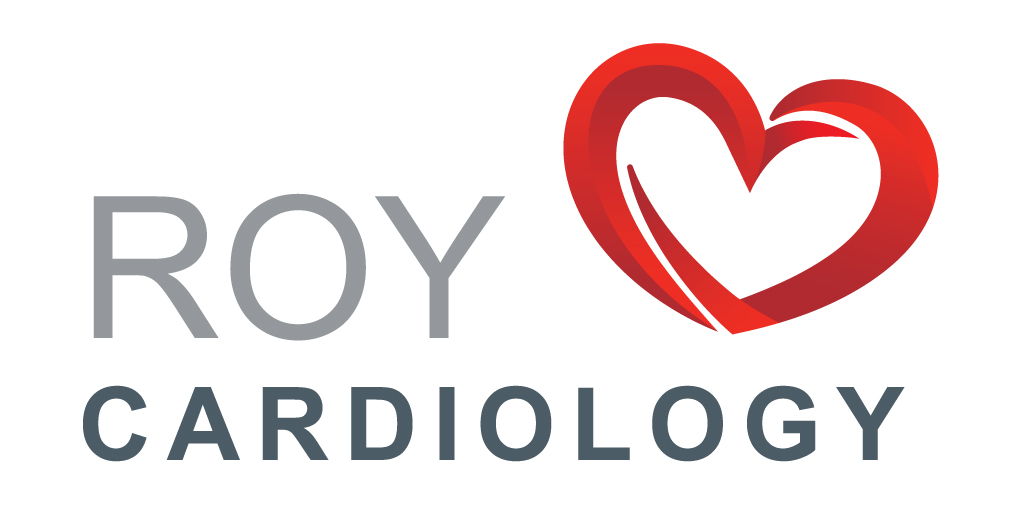Heart Treatments
TAVI
1. Why is a TAVI procedure performed?
TAVI is an abbreviation for Transcatheter Aortic Valve Implantation.
This is a minimally invasive heart procedure performed by inserting an artificial heart valve, made partially from natural animal heart tissue, into a damaged or thickened aortic value to assist in restoring blood flow through the heart aorta and to the rest of the body to reduce the symptoms of aortic stenosis.
2. What are the symptoms associated with Aortic Stenosis?
Some of the common symptoms that may indicate that someone could have Aortic Stenosis and may be a candidate for a TAVI procedure are;
- Shortness of breath
- Fainting
- Chest pain
- Fatigue
3. Who is appropriate for this procedure?
TAVI may be appropriate for people who are at higher risk of complications from traditional open-heart surgery. It is performed on those patients with symptomatic heart disease.
4. What happens during the procedure?
The TAVI procedure is significantly less invasive than traditional open-heart surgery.
At the start of the procedure your surgeon will make a small incision often in the groin, neck or middle of the chest. They will use computer navigation to guide a thin flexible tube with a balloon catheter through the artery towards the heart valve. This tube will have the artificial heart valve in it which will be carefully placed, and the balloon is gently inflated and released inside the damaged value to open and support the flow of blood through the tissue. The balloon is then deflated, and the catheter removed through the tube, with the incision then closed to finish the procedure.
5. What are the benefits of a TAVI procedure?
A TAVI procedure is less invasive than traditional open-heart surgery. It is performed under a general anaesthetic or sometimes a mild sedation, and the entire procedure can take around 1 to 2 hours.
As this procedure is minimally invasive this means the recovery is optimized as there aren’t large cut that require long healing times. After the TAVI procedure, the patient will often only need to spend 1-2 days in hospital and will be given very specific discharge instructions to follow around activities to avoid during their in-home recovery period.
There are several benefits for a patient post TAVI procedures which can include;
- More steady and normal breathing
- Getting back to normal daily activities such as walking to the shops, doing household chores etc.
- Having more energy and a clearer mind
- Reduced stress and anxiety due to better health
6. What are the risks of a TAVI procedure?
All procedures carry risks so it is extremely important that patients are assessed by an experienced interventional cardiologist who can carefully review their medical history, co-morbidity profile and present all conservative and surgical treatment options available.
For those patients deemed appropriate for a TAVI procedure it’s important that the potential risks and complications are discussed in detail alongside the benefits. Some of the most serious procedure risks include;
- Stroke
- Serious bleeding
- Artery damage
- Death
